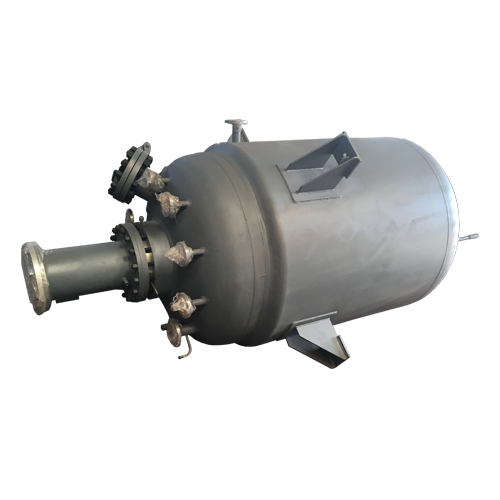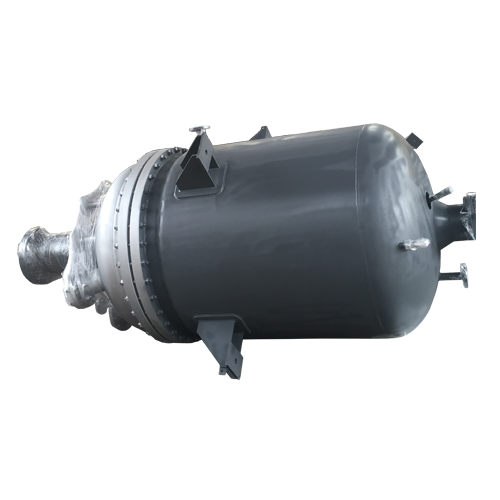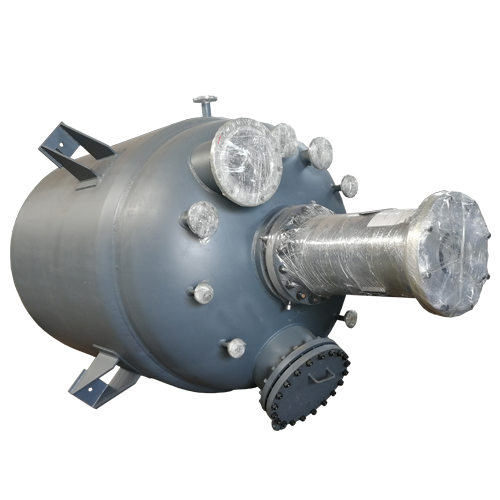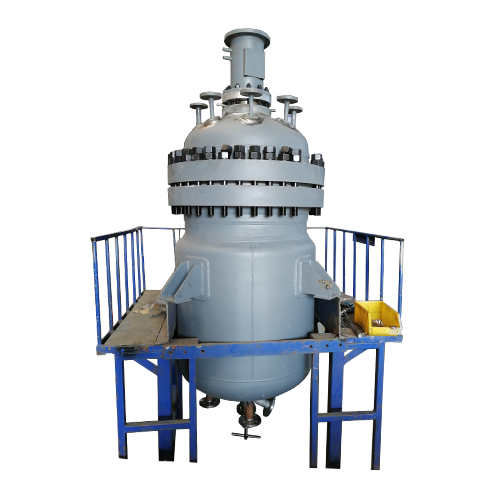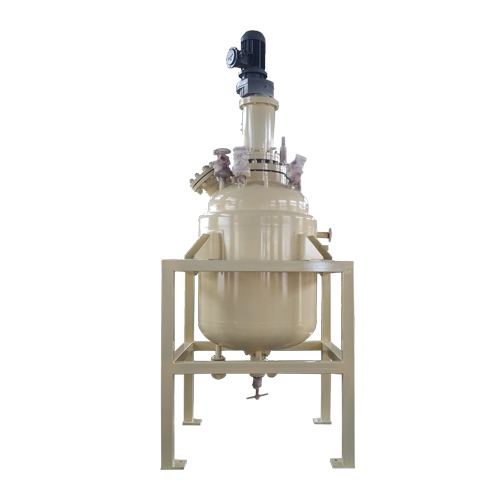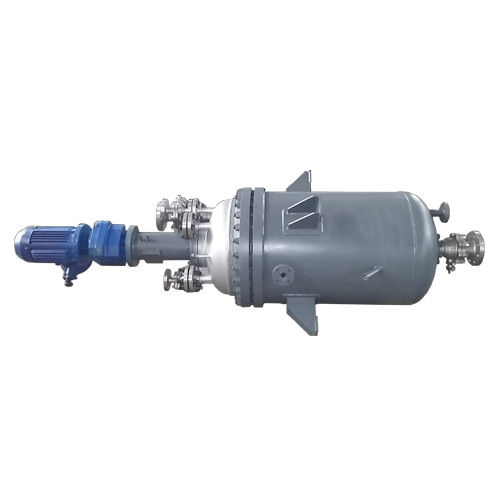Product Center
Your Current Location:Home > Product CenterHastelloy is a nickel-based corrosion-resistant alloy, mainly divided into two categories: nickel-chromium alloy and nickel-chromium-molybdenum alloy. Hastelloy has good corrosion resistance and thermal stability. Hastelloy plates are suitable for various chemical industries containing oxidizing and reducing media. The higher content of molybdenum and chromium makes the alloy resistant to chloride ion corrosion, and the tungsten element further improves the corrosion resistance. At the same time, C-276 Hastelloy tube is one of the only materials that are resistant to corrosion by moist chlorine, hypochlorite and chlorine dioxide solutions. It is effective for high-concentration chloride solutions such as ferric chloride and copper chloride. Significant corrosion resistance.
The commonly used Hastelloy grades for the reactor are HASTELLOY B2 and HASTELLOY C276. The price of Hastelloy alloy materials is relatively high. In order to save costs, pressure vessels often use explosive composite plates of Hastelloy liner and carbon steel or stainless steel substrate. The substrate meets the requirements for strength and the liner meets the requirements for corrosion resistance.
Titanium and titanium alloy classification Industrial pure titanium: TA1, TA2, TA10
The biggest feature of titanium is its low quality (density 4.51g/cm3), high strength, excellent corrosion resistance, and good low temperature performance. It has excellent corrosion resistance in seawater and most acid, alkali, and salt media. In production, its corrosion resistance is 10 times higher than that of ultra-low carbon austenitic stainless steel.
Welding characteristics of titanium products Titanium equipment welding is very easy to oxidize, nitridize and embrittlement. A large amount of hydrogen begins to be absorbed at 400°C. Hydrogen is one of the most harmful elements of titanium, which reduces the plasticity and toughness of titanium, leading to embrittlement. When cooling, hydrogen does not have time to escape and produces pores. Therefore, the welding properties of titanium and other metals should be considered for titanium pressure vessels.
High-pressure reactors are commonly used composite plates of titanium and carbon steel, with titanium as the corrosion-resistant layer and carbon steel as the base layer.
Heavy non-ferrous metal materials composed of nickel-based and other alloying elements are nickel-based alloys. The grade of nickel used in the reactor is N6. Commonly used nickel-based alloy materials are Monel (MONEL400), Inconel (INCONEL600, INCONEL625), Hastelloy (HASTELLOY C276, HASTELLOY B2), etc.
Nickel-based materials are better than stainless steel in high temperature resistance, high pressure resistance and corrosion resistance, so they are more suitable for harsh reaction media and reaction conditions.
The cost of nickel-based and nickel-based materials is relatively high. Therefore, the explosive composite plate of nickel-based and nickel-based alloy liner and stainless steel or carbon steel substrate is commonly used in industrial production of pressure vessels. The substrate meets the requirements of strength and the liner meets the requirements of corrosion resistance.
Zirconium is an industrial material with excellent corrosion resistance and can withstand a variety of strong acids and alkalis.
The zirconium composite board needs to be added with a titanium intermediate layer to be composited with carbon steel.
Zirconium has excellent corrosion resistance, but its welding performance is not good, and it cannot be welded with stainless steel and carbon steel.
The pilot reactor is a key part of the laboratory scale-up pilot production, and generally refers to the enlarged version of the small laboratory reactor. The design specifications of the pilot reactor are 10 to 50 times that of the pilot, or non-standard design can be carried out according to process requirements. The size of the pilot reactor is generally 50~500L, and the size varies greatly depending on the production characteristics.
The small-scale test successfully enters the large-scale production directly. At this time, the experimental data is unreasonable, and the design and manufacturing of the pilot-scale reactor must be partially changed after the scale-up process remains unchanged.
The core part of magnetic stirring is a ring-shaped strong magnetic coupling stirring device. A plurality of magnetic steel rings are made of two powerful permanent magnets inside and outside; the inner magnetic steel body is sealed in a stainless steel sealed cylinder to connect the stirring part, and the sealed cylinder and The kettle cover, kettle body, and fastening connection form a static sealed cavity, so that the reaction medium is completely sealed in a statically sealed state, without any leakage, pollution or personal danger; the speed-regulating motor drives the outer magnetic steel body, and the strong magnetic force passes through the stainless steel without contact The made sealed cylinder attracts each other with the strong magnetic force of the inner magnetic steel body enclosed in the sealed cylinder, and is mutually positioned to act on the axial rotation traction to perform high temperature and high pressure stirring reaction.
